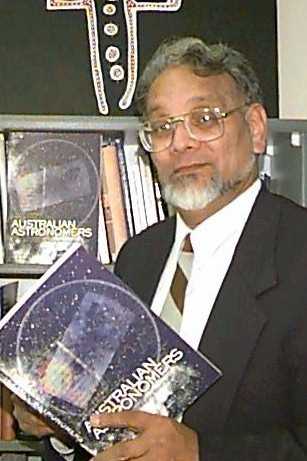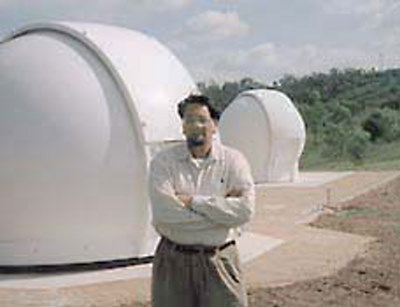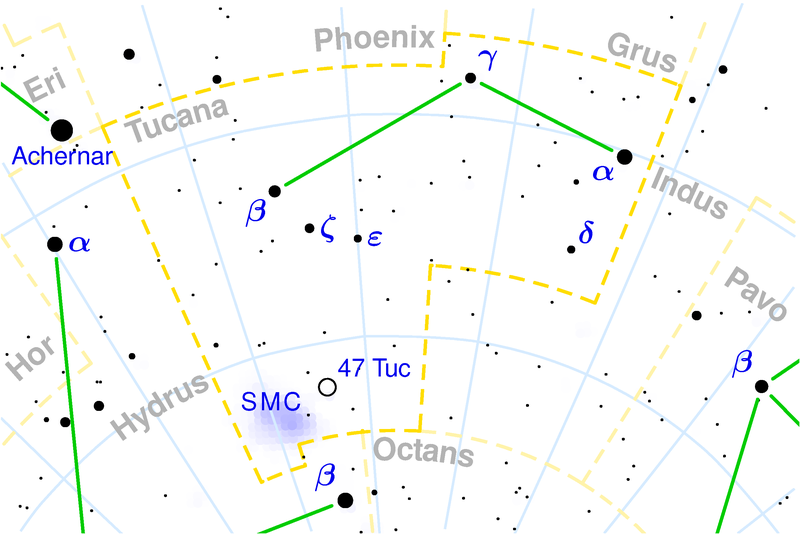|
|
||
|
Optical SETI ..
May 09, 2009
AFTER you've spent more than 20 years hunting for an alien signal, you think you'd be celebrating if you noticed a mysterious pulse suddenly rising up on your computer readouts. A regular pulse, amid the random clatter of the cosmos, suggests that someone very smart at the other end is sending a message. But when Ragbir Bhathal, an astrophysicist at the University of Western Sydney, who teaches the only university-based course on SETI (search for extraterrestrial intelligence) in Australia, detected the suspicious signal on a clear night last December, he knew better than to crack open the special bottle of champagne he has tucked away for the history-making occasion. Instead, he's spent the past few months meticulously investigating whether the unrecognised signature was caused by a glitch in his instrumentation, a rogue astrophysical phenomenon, or some unknown random noise. Even if he picks up the signal again - he's been scouring the same co-ordinates of the night sky on an almost daily basis since - the scientific rule book dictates he'll need to get it peer-reviewed before he can take his announcement to the world. "And that is a lot of ifs," he concedes. The rest of the article deals with xtra solar planets... see here Gliese 581 e |
||
|
coming from the southern constellation Tucanae ..
From email...
Hi Ron
|
||
|
....
|
||
Related Links:
|
||
| FAIR USE NOTICE: This page contains copyrighted material the use of which has not been specifically authorized by the copyright owner. Pegasus Research Consortium distributes this material without profit to those who have expressed a prior interest in receiving the included information for research and educational purposes. We believe this constitutes a fair use of any such copyrighted material as provided for in 17 U.S.C § 107. If you wish to use copyrighted material from this site for purposes of your own that go beyond fair use, you must obtain permission from the copyright owner. | ||
|
|




